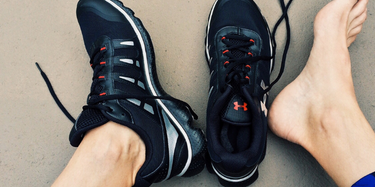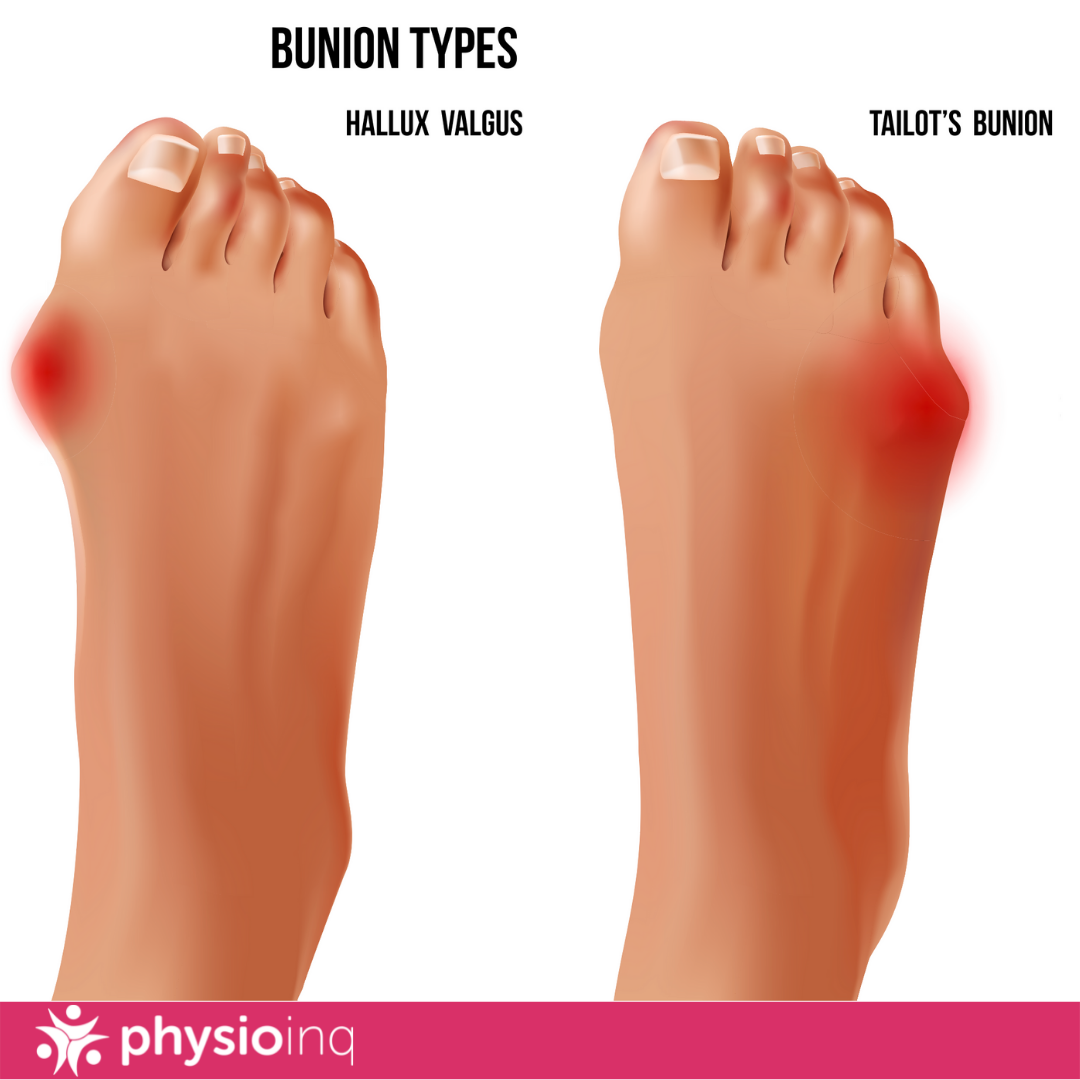Make an Appointment
A foot is perhaps the most overlooked part of the body and gets very little attention. Besides painting our toes now and then and plucking off that stray hair during sandal season, our feet are mostly ignored. But did you know that a foot is the perfect indicator of our overall health and provides valuable pointers that we should take note of. If you experience any of these below, make sure you consult your general practitioner immediately or a Physio Inq Podiatrist.
Stinky Feet
If you have improper hygiene, your feet are likely to show the first signs of it. While stinking or smelly feet may not signal anything dangerous, it is nevertheless an important indicator. If the feet continue to smell even after you have restored your hygiene (for example, by taking a bath), then it may be a sign of fungal infection such as athlete’s foot. Always wear cotton socks to prevent smelly feet and regularly wash both your shoes (yes, your shoes need to be cleaned!) and socks.
Foot Cramps
If you had recently walked or hiked long distances or worn shoes without ankle support, then it is likely that the foot cramps were caused because of that. However, if you don’t think any of that applies to you then foot cramps could be an indicator of issues with the nervous system such as vasculitis or arteritis. It could also be something as harmless as nutritional deficiency such as low calcium or magnesium. After periods of high exercise always make sure to rest your feet and give it a proper foot massage.

Yellow Toenails
Unlike common assumption, yellow toenails are not a sign of improper hygiene. Rather it is a sign of fungal infection called as Onychomycosis. Many people ignore this symptom and do not pay attention believing that it would go away in time. However, onychomycosis fungus keeps growing under the toenail and since feet are usually in cold and moist places (inside a shoe), it provides the perfect breeding ground for the fungus. In extreme cases, it has caused people to lose the entire toenail.
A sore that won’t heal
A sore that doesn’t heal is a very important indicator for diabetes mellitus. Because diabetes causes increased glucose levels, it prevents any wound from healing properly. If your sore does not go away in a few days consult a doctor immediately. A sore could also be an indicator for skin cancer.
Perpetually cold feet
While some people prefer their feet cold when sleeping, yet others have naturally cold feet. If your feet seem unusually cold, then it could be an indication of hypothyroidism. It means that your thyroid gland is secreting less thyroid hormones than necessary for proper body functioning. You can confirm this with a simple blood test at home or by visiting the nearest doctor.
Heel Pain
While it is common in women who wear stilettos, pain in the heel could be a symptom of several issues. It could be a sign for ligament inflammation or it could be a sign that you are starting to develop varicose veins. Try wearing flat heeled and open toes shoes to see if the symptoms persist. If they do, consult a doctor right away.
A Puffy Toe
At first glance a puffy toe may seem like the result of hitting your toe against a hard surface. But if your puffy and enlarged toe does not subside within a few hours, it may be a sign of gout. Gout which is a form of arthritis is caused by the accumulation of uric acid. Monitor your toe for a few days to see if it continues to be puffy and visit a podiatrist at first opportunity.
Pitted Toenails
Pitted toenails could be an indicator of the immune condition psoriasis. In general psoriasis manifests in the skin but in rare cases, some people may find their toenails to have small holes or pits in them. It is easily treated with over the counter medication.
If you feel you need professional help make sure you consult your general practitioner immediately or your local Physio Inq Podiatrist.
Date Published: Thursday, January 10, 2019
Locate a Mobile Physiotherapy
Service Near me
Get the experience & convinence you deserve to support your or a loved one's allied health needs.
Our Mobile Physiotherapy team are currently serving & taking appointments in the following states and regions in Australia:
Need to get into direct contact with ur Client Services team? We're all ears. Call our team directly on 1300 731 733











